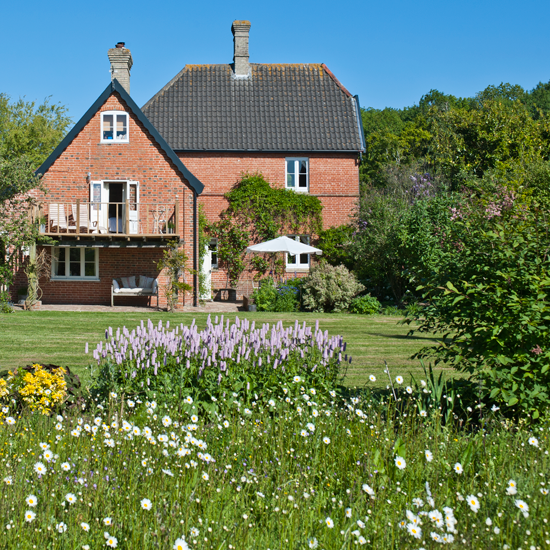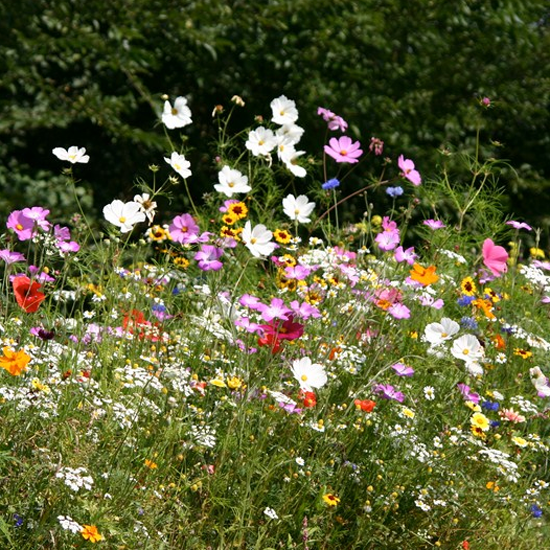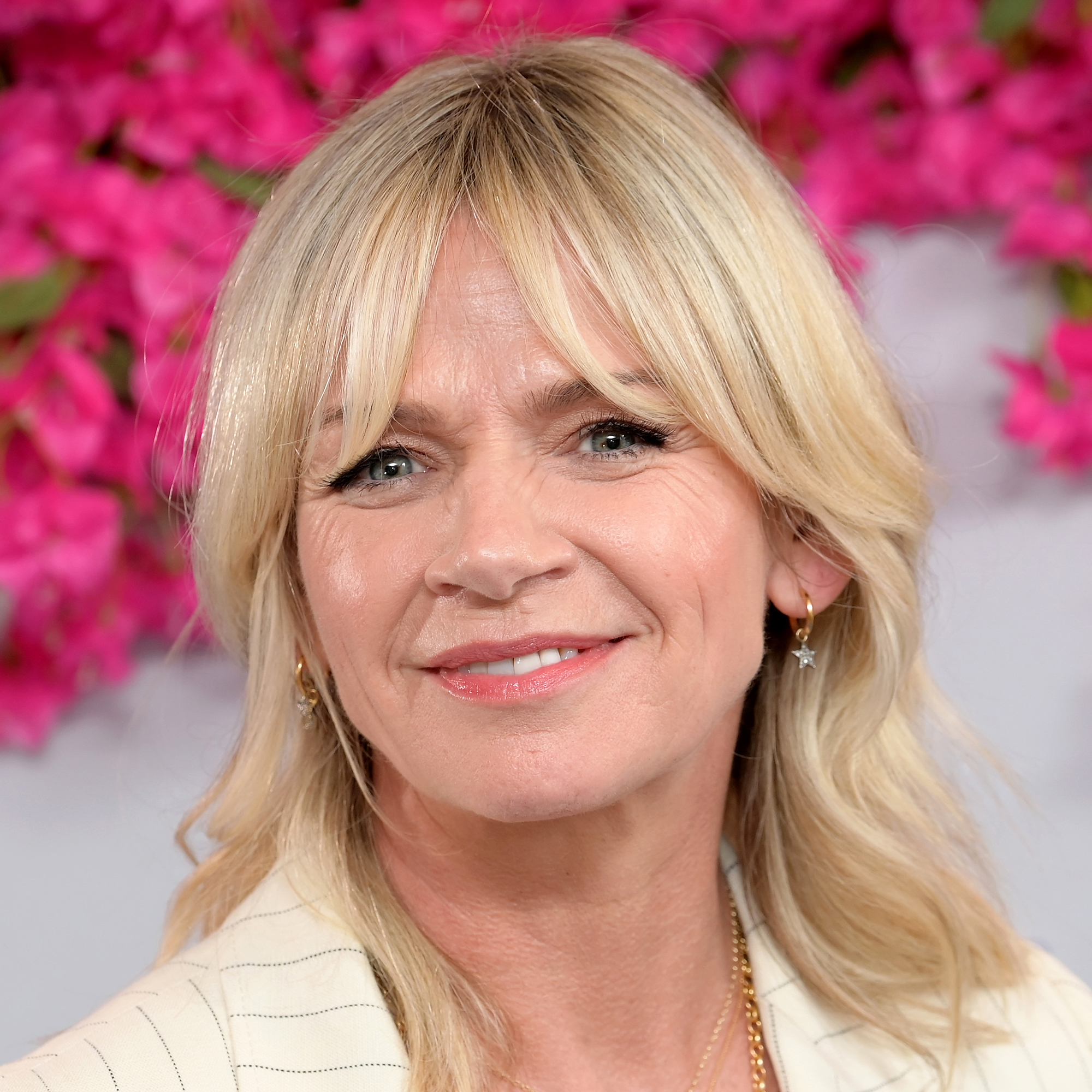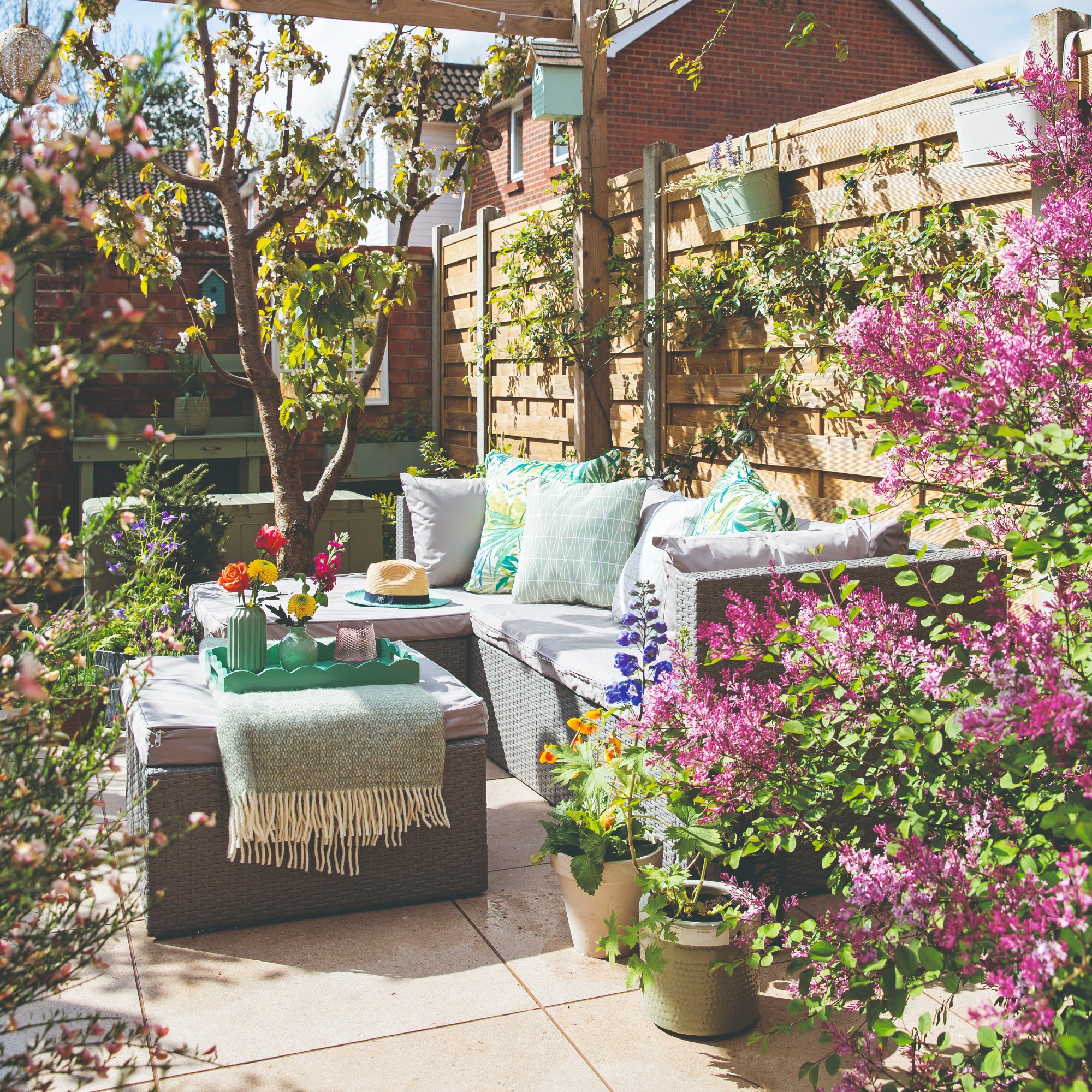Sow a magical wildflower meadow in your own country garden
Be inspired by these top tips and beautiful images to create your own little wildflower haven.
Traditional meadows evoke happy memories of countryside picnics, surrounded by the striking colours and heady scents of Britain's most beautiful wildflowers. Despite what some might think, you don't need rolling acres of garden to create your own magical meadow retreat. Country Homes & Interiors share their top tips and inspirational ideas to get you started.
1. A patch of grass in an open sunny position is the perfect environment for meadow plants. Avoid sites under trees as these will be too dark and dry.

2. Sow native seeds. Pick up pretty mixes from local garden centres and wildflower specialists, such as Meadow In My Garden, a family-business based in Wiltshire – the friendly team are on hand to share their wealth of wildflower knowledge with you.
Alternatively, gather seed of wildflowers you love in the local area, but be sure to get permission from the landowner first. Leave them somewhere cool to dry out before sowing.

3. Not only are mini meadows beautiful to look at, they also offer shelter and food for all manner of countryside creatures. Nectar-rich plants such as red clover, greater knapweed and bird's foot trefoil help bees, birds and butterflies thrive. Plant yours near a window or set up a little table and chairs nearby to enjoy a spot of wildlife watching.
4. Once your meadow is established, it's actually much easier to maintain than a traditional lawn. Let it flourish as nature intended, only cutting it back once or twice throughout autumn and winter.
5. If you're limited on lawn space, why not grow a micro meadow in window boxes, hanging baskets or container pots? Choose vibrant flowers such as wild daffodil and foxgloves to bring a touch of brightness to sills, doorways and patios.
Feeling inspired? Visit The Royal Horticultural Society for further advice and information.
******
Get the Ideal Home Newsletter
Sign up to our newsletter for style and decor inspiration, house makeovers, project advice and more.
-
 Zoe Ball's colourful kitchen island shows how easy it is to create a characterful cooking space - here's how she did it
Zoe Ball's colourful kitchen island shows how easy it is to create a characterful cooking space - here's how she did itBeing brave with colour will reap huge rewards
By Holly Cockburn
-
 7 plants that will make your patio smell gorgeous - the top fragrant picks experts recommend potting up
7 plants that will make your patio smell gorgeous - the top fragrant picks experts recommend potting upFrom aromatic flowers to fragrant herbs
By Kayleigh Dray
-
 I won't gatekeep - Magimix's new small kitchen-friendly mini chopper is my secret to delicious lazy dinners
I won't gatekeep - Magimix's new small kitchen-friendly mini chopper is my secret to delicious lazy dinnersMy homemade pesto pasta has never been better
By Holly Cockburn